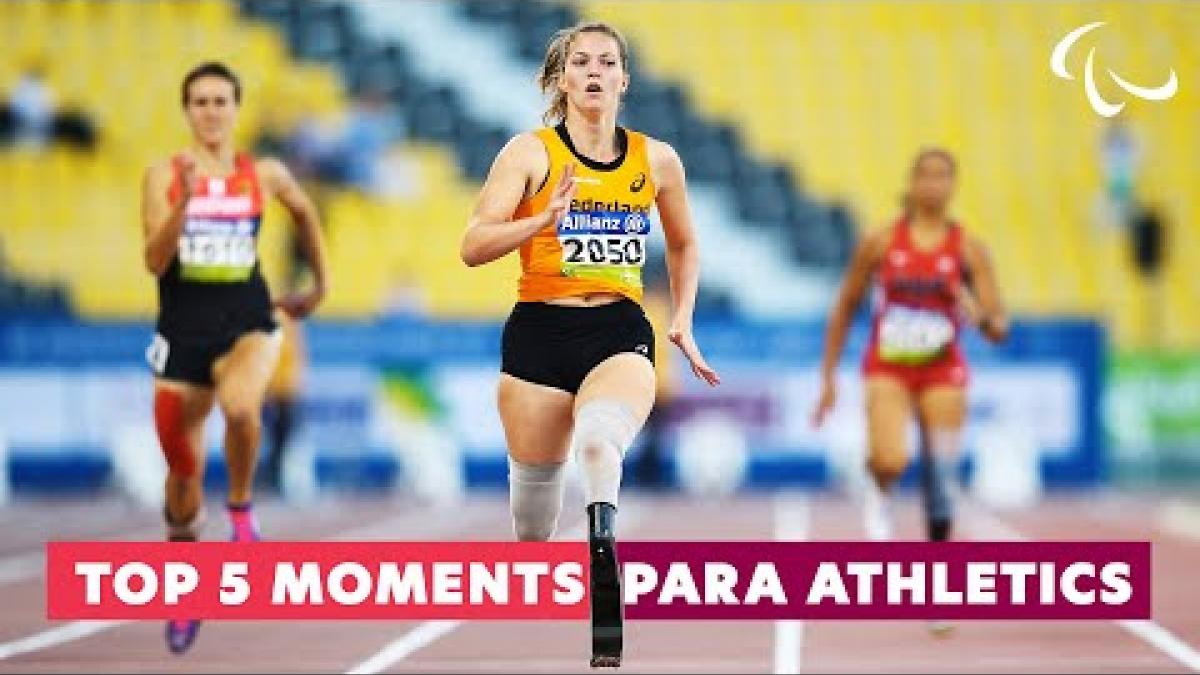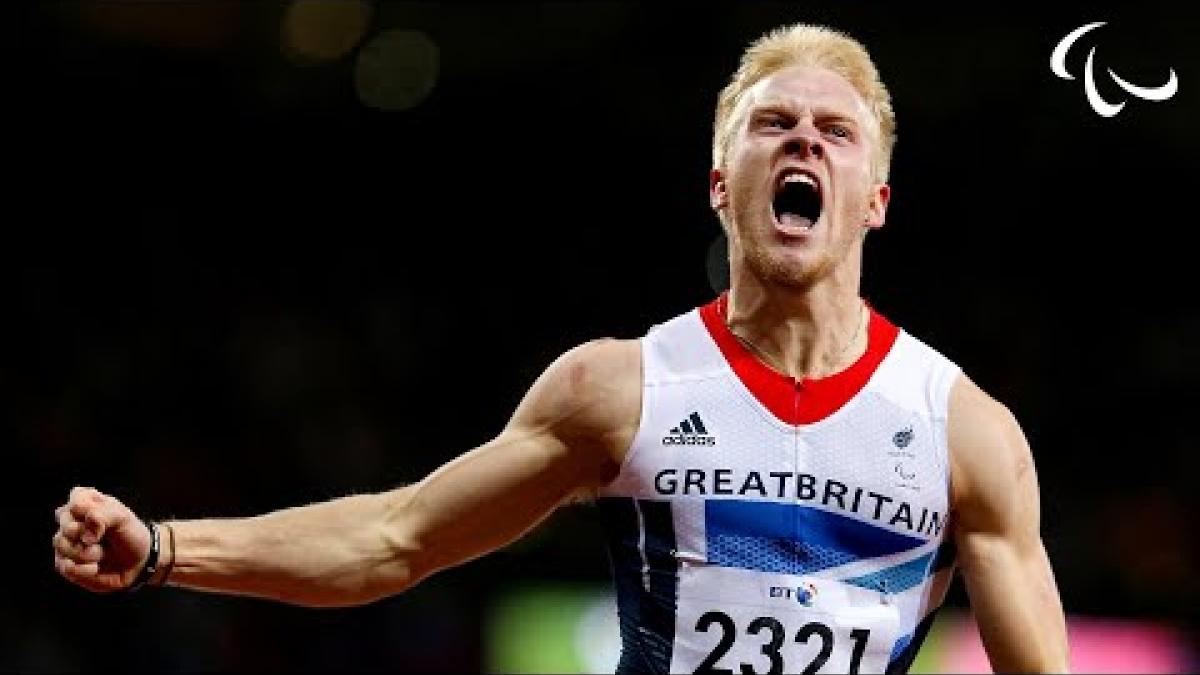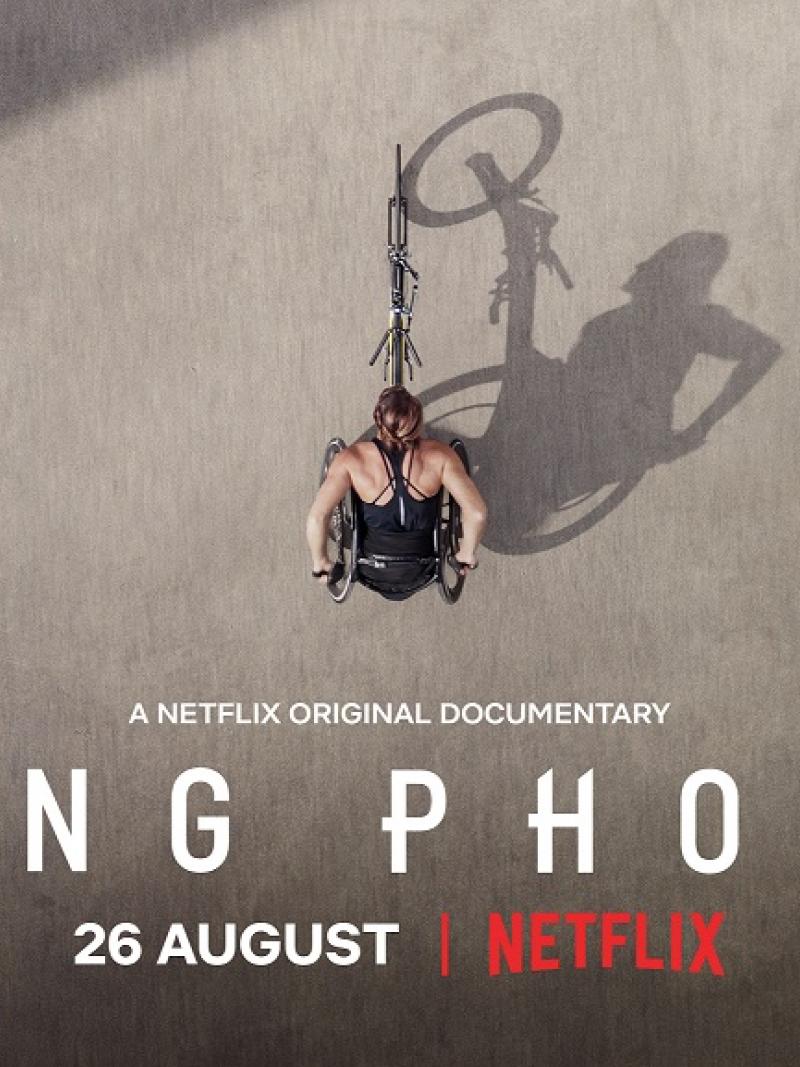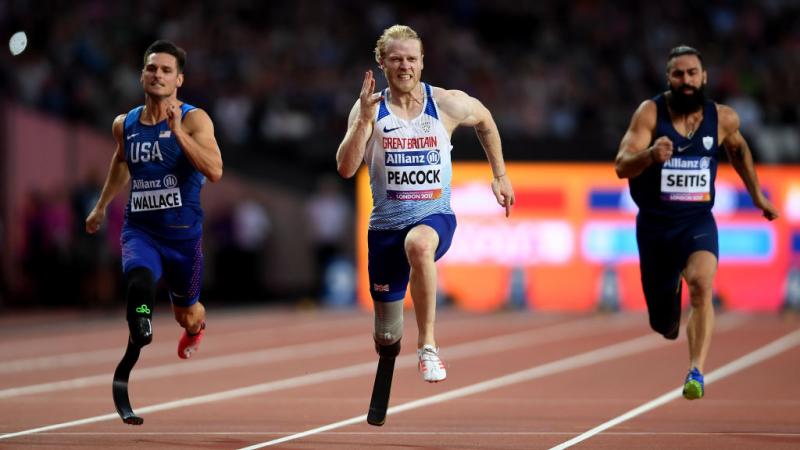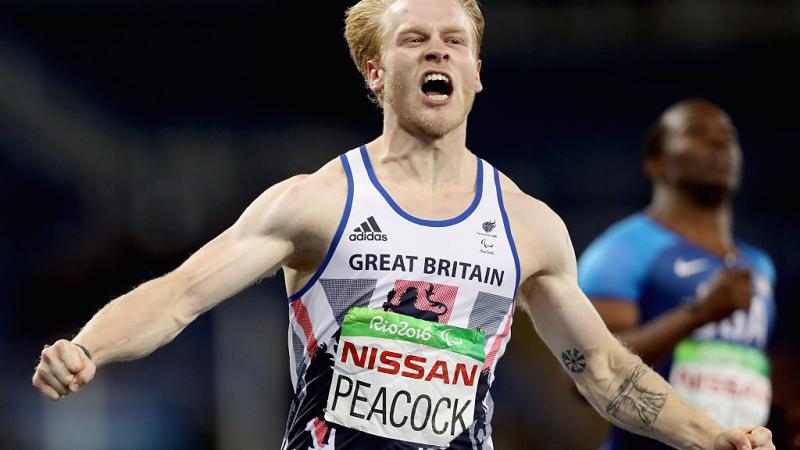
Jonnie Peacock went from an unknown to a household name, holding a pair of 100m Paralympic titles and starring in the Netflix documentary 'Rising Phoenix' released on August 2020.
His quest for a hat-trick of 100m gold at the Tokyo 2020 Paralympics perhaps would be his toughest challenge. He could not defend his World Championship title at the 2019 edition in Dubai, UAE, pulling out due to a knee injury. But history says he remains a tough contender.
He has won Paralympic, world and European sprint titles between 2012 and 2014, and safely retained his Paralympic crown at Rio 2016.
Born in Cambridge in 1993, he had his right leg amputated below the knee aged five after contracting meningitis. Inspired by watching the Beijing Paralympics, he attended a British Paralympic Association talent identification programme soon after and in no time was competing in major events, finishing fifth over 100m T44 at the 2011 World Championships.
Peacock made a name for himself in 2012 as he was crowned Paralympic champion in front of his home crowd - going from relative unknown to household name. At the end of June that year, the then 19-year-old became the world’s fastest amputee sprinter when he won the US trials in 10.85 seconds. His time was 0.06 seconds faster than the previous T44 record set in 2007.
Peacock followed up that impressive performance weeks later by taking Paralympic gold in front of an 80,000-strong crowd. His time of 10.91 was a Paralympic record, however what was more impressive was the field of athletes he beat whilst under immense pressure to secure a home gold for Great Britain.
Going into the 2013 World Championships in Lyon, France, Peacock faced strong competition from US sprinter Richard Browne, especially after the American broke his world record in the semi-final with a time of 10.83.
Browne said he wanted to knock Peacock off his pedestal, but the Briton kept his cool and clinched gold in a thrilling final.
In 2014, Browne had the upper hand over Peacock, beating him in every head-to-head that year. Still, Peacock notched up another major title with victory at the European Championships in Swansea, Great Britain.
The stage was set for a thrilling showdown between Peacock and Browne at the 2015 World Championships, but sadly just weeks before the competition Peacock withdrew injured.
The Briton returned to action in time for the 2016 European Championships in Grosseto, Italy, where he retained his title with a new championship record (10.88).
US sprinter Jarryd Wallace looked to be Peacock’s main rival for Paralympic gold having shown impressive form in the early part of the season, before beating Peacock to the line at the Grand Prix Final in London, Great Britain in July.
But in the pressure cauldron of the Paralympic final it was Peacock who kept his cool, sprinting home to a second consecutive 100m T44 title, equalling his own Paralympic record from the heats with a time of 10.81.
Photo Gallery
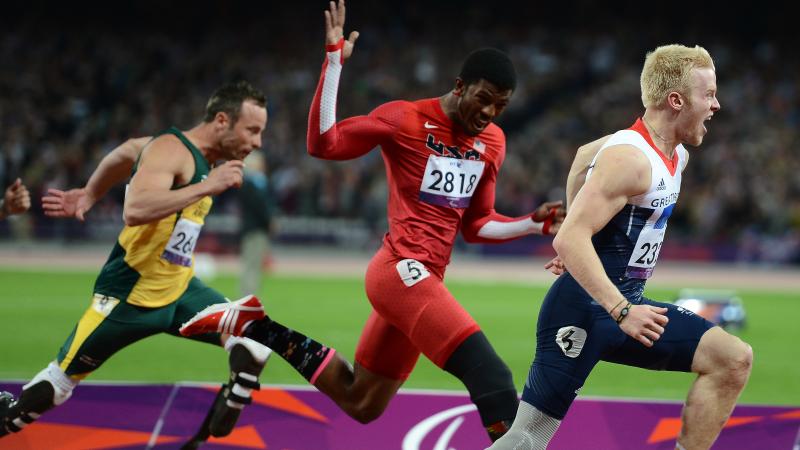
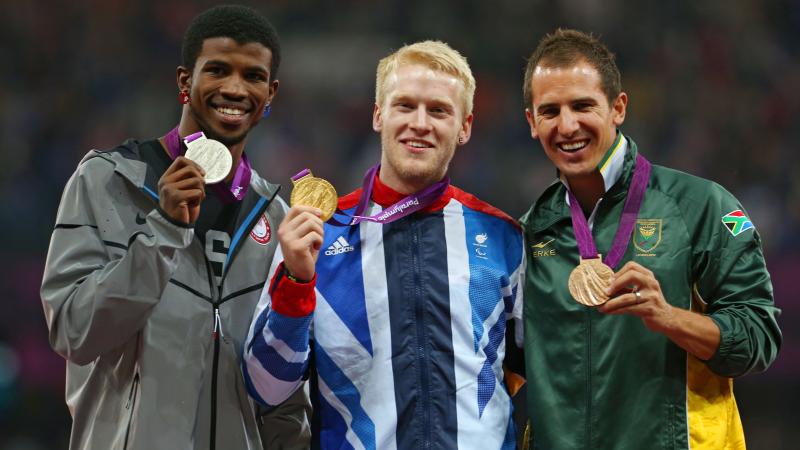
Results
| Unit | Date | Rank |
|---|
| Event | Medal | Unit | Date | Rank |
|---|---|---|---|---|
| Men's 100 m T44 | Heat 3 | 2011-01-25 | 2 | |
| Men's 100 m T44 | Final | 2011-01-26 | 6 |
| Event | Medal | Unit | Date | Rank |
|---|---|---|---|---|
| Men's 100 m T44 | Heat 1 | 2012-09-05 | 1 | |
| Men's 100 m T44 | Final Round | 2012-09-06 | 1 |
| Event | Medal | Unit | Date | Rank |
|---|---|---|---|---|
| Men's 100 m T44 | Semifinal 1 | 2013-07-22 | 2 | |
| Men's 100 m T44 | Final 1 | 2013-07-23 | 1 |
| Event | Medal | Unit | Date | Rank |
|---|---|---|---|---|
| Men's 100 m T44 | Heat 1 | 2016-09-08 | 1 | |
| Men's 100 m T44 | Final Round | 2016-09-09 | 1 |
| Event | Medal | Unit | Date | Rank |
|---|---|---|---|---|
| Men's 100 m T44 | Heat 1 | 2017-07-16 | 1 | |
| Men's 100 m T44 | Final 1 | 2017-07-16 | 1 |
| Event | Medal | Unit | Date | Rank |
|---|---|---|---|---|
| Men's 100 m T64 | Heat 2 | 2021-08-29 | 2 | |
| Men's 100 m T64 | Final | 2021-08-30 | 3 | |
| 4x100 m Universal Relay | Final | 2021-09-03 | 2 | |
| 4x100 m Universal Relay | Heat 1 | 2021-09-03 | 2 |
| Event | Medal | Unit | Date | Rank |
|---|---|---|---|---|
| Men's 100 m T64 | Heat 1 | 2024-09-01 | 3 | |
| Men's 100 m T64 | Final | 2024-09-02 | 5 | |
| 4x100 m Universal Relay | Heat 1 | 2024-09-06 | 2 | |
| 4x100 m Universal Relay | Final | 2024-09-06 | 2 |





